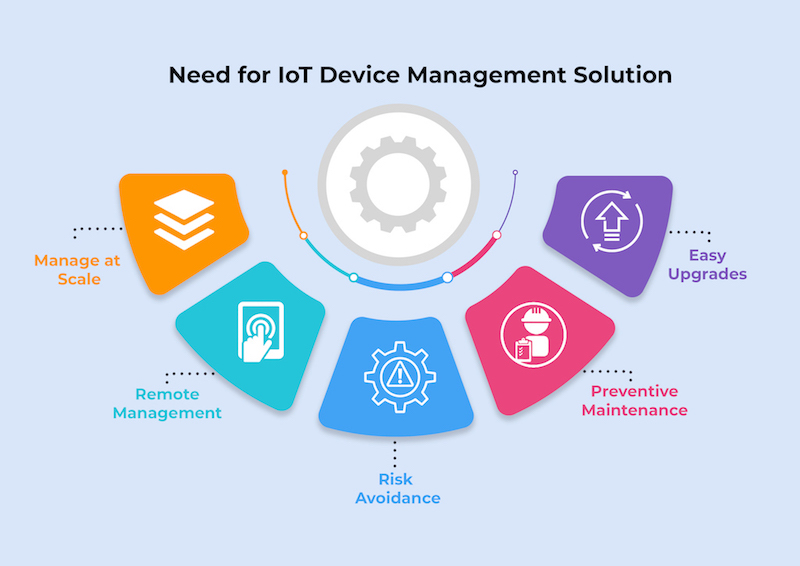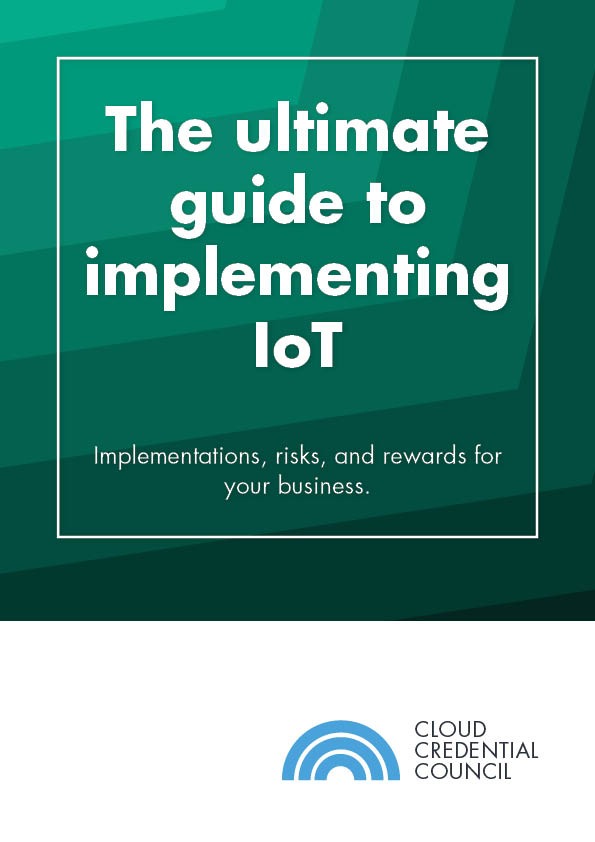In today's interconnected world, mastering remote IoT management with free tools has become essential for businesses and individuals alike. The Internet of Things (IoT) continues to expand rapidly, connecting billions of devices globally. However, managing these devices efficiently and securely can be challenging without the right tools and strategies.
As the IoT ecosystem grows, so does the need for effective remote management solutions. Whether you're a small business owner, an IT professional, or a tech enthusiast, understanding how to leverage free tools for remote IoT management can significantly enhance your operational efficiency and reduce costs.
This comprehensive guide will walk you through the fundamentals of remote IoT management, explore various free tools available in the market, and provide actionable tips to help you master this critical skill. By the end of this article, you'll have a clear roadmap to optimize your IoT infrastructure using cost-effective solutions.
Read also:Omegle Report A Comprehensive Guide To Understanding And Utilizing Omegle Safely
Table of Contents
- Introduction to Remote IoT Management
- Importance of IoT Management
- Benefits of Using Free Tools for IoT Management
- Top Free Tools for Remote IoT Management
- Choosing the Right Tool for Your Needs
- Security Considerations in Remote IoT Management
- Best Practices for Implementing Free Tools
- Case Studies: Success Stories with Free Tools
- Future Trends in IoT Management
- Conclusion
Introduction to Remote IoT Management
Remote IoT management refers to the practice of monitoring, maintaining, and controlling IoT devices from a distance. This approach allows administrators to perform tasks such as firmware updates, troubleshooting, and data collection without being physically present at the device location.
Why Remote Management Matters
With the increasing number of IoT devices deployed across various industries, remote management has become indispensable. It ensures that devices remain operational, secure, and up-to-date, reducing downtime and maintenance costs.
Key benefits include:
- Improved device uptime
- Reduced travel expenses for on-site maintenance
- Enhanced scalability of IoT networks
Importance of IoT Management
Effective IoT management is crucial for maintaining the reliability and security of connected devices. Poorly managed IoT networks can lead to data breaches, device failures, and operational inefficiencies.
Challenges in IoT Management
Some of the common challenges include:
- Data privacy concerns
- Interoperability issues between devices
- Scalability limitations
Addressing these challenges requires a well-planned approach, including the use of robust management tools and adherence to best practices.
Read also:Comprehensive Guide To Isaca Certification Your Key To A Thriving It Career
Benefits of Using Free Tools for IoT Management
Free tools offer several advantages for remote IoT management. They provide cost-effective solutions without compromising on functionality. Additionally, many free tools are open-source, allowing users to customize and extend their capabilities.
Key Advantages
Some of the key benefits include:
- No upfront costs
- Access to a large user community for support
- Regular updates and improvements
Top Free Tools for Remote IoT Management
Several free tools are available for managing IoT devices remotely. These tools cater to different needs and offer a range of features to suit various use cases.
1. Eclipse IoT
Eclipse IoT is an open-source platform that provides a suite of tools for IoT development and management. It supports device connectivity, data management, and application integration.
2. Node-RED
Node-RED is a visual tool for wiring together hardware devices, APIs, and online services. It simplifies the process of creating complex workflows and automating tasks in IoT environments.
3. ThingsBoard
ThingsBoard is a powerful open-source IoT platform that enables device management, data visualization, and rule engine capabilities. It supports both cloud and on-premise deployments.
Choosing the Right Tool for Your Needs
Selecting the appropriate tool for remote IoT management depends on several factors, including the size of your IoT network, the type of devices you manage, and your budget constraints.
Factors to Consider
When evaluating tools, consider the following:
- Scalability
- Security features
- Integration capabilities
Ensure that the chosen tool aligns with your specific requirements and offers the necessary functionalities to support your IoT infrastructure.
Security Considerations in Remote IoT Management
Security is a top priority in IoT management, especially when devices are accessed remotely. Implementing robust security measures is essential to protect sensitive data and prevent unauthorized access.
Best Security Practices
Some of the best practices include:
- Using strong authentication mechanisms
- Encrypting data transmissions
- Regularly updating firmware and software
Staying informed about the latest security threats and vulnerabilities is also crucial for maintaining a secure IoT environment.
Best Practices for Implementing Free Tools
To maximize the effectiveness of free tools in remote IoT management, it's important to follow best practices throughout the implementation process.
Steps to Success
Consider the following steps:
- Conduct a thorough needs assessment
- Test tools in a controlled environment before deployment
- Provide training for team members
By following these practices, you can ensure a smooth and successful implementation of your chosen tools.
Case Studies: Success Stories with Free Tools
Many organizations have achieved significant success by leveraging free tools for remote IoT management. These case studies highlight real-world examples of how businesses have benefited from these solutions.
Case Study 1: Smart Agriculture
Agricultural company XYZ implemented Node-RED to automate irrigation systems, resulting in a 20% reduction in water usage and increased crop yield.
Case Study 2: Industrial Automation
Manufacturing firm ABC utilized ThingsBoard to monitor production line performance, leading to a 15% increase in efficiency.
Future Trends in IoT Management
The landscape of IoT management is continually evolving, driven by advancements in technology and changing market demands. Emerging trends such as edge computing, artificial intelligence, and blockchain are expected to shape the future of IoT management.
Impact of Emerging Technologies
These technologies promise to enhance the capabilities of IoT management tools, enabling more efficient data processing, intelligent decision-making, and enhanced security.
Conclusion
Mastering remote IoT management with free tools is a valuable skill in today's connected world. By understanding the fundamentals, exploring available tools, and implementing best practices, you can optimize your IoT infrastructure effectively.
We encourage you to share your thoughts and experiences in the comments section below. Additionally, consider exploring other articles on our site for more insights into IoT and related technologies. Together, let's build a smarter, more connected future!

